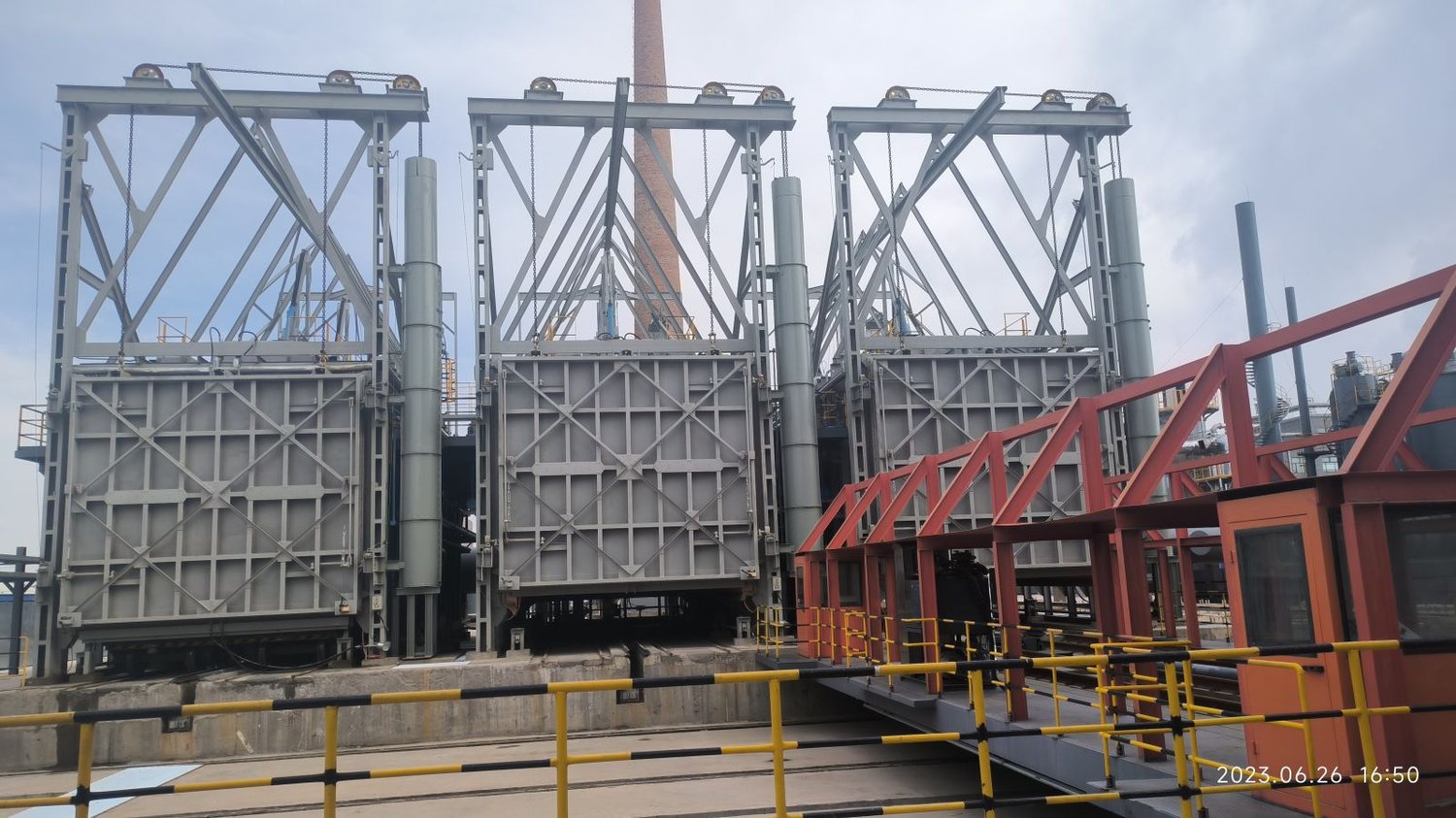Table of Contents

Carbon Stacking Crane vs. Traditional Cranes: Which is More Efficient in Material Handling?
Material handling plays a crucial role in various industries, from construction to manufacturing. Efficient and reliable equipment is necessary to ensure smooth operations and maximize productivity. In recent years, carbon stacking cranes have emerged as a potential alternative to traditional cranes. In this article, we will explore the differences between carbon stacking cranes and traditional cranes, and analyze which option is more efficient in material handling.
1. Introduction
Before delving into the comparison, it is essential to understand the basics of carbon stacking cranes and traditional cranes. Traditional cranes, also known as conventional cranes, have been widely used for decades. They typically consist of a steel framework and rely on hydraulic or mechanical systems to lift and move heavy loads. On the other hand, carbon stacking cranes are a relatively new innovation that incorporates advanced carbon fiber materials for enhanced strength and reduced weight.
2. Load Capacity
One of the primary considerations in material handling is the load capacity of the crane. Traditional cranes are known for their high load capacity, capable of lifting several tons. However, carbon stacking cranes have also made significant advancements in this aspect. By utilizing carbon fiber materials, these cranes can achieve comparable load capacities while being significantly lighter in weight. This reduction in weight allows for more efficient use of energy and potentially faster operation.
3. Energy Efficiency
Energy efficiency is a critical factor in modern industrial operations. Traditional cranes often rely on hydraulic systems that can be energy-intensive. Carbon stacking cranes, on the other hand, can offer improved energy efficiency due to their lightweight design. The reduced weight allows for less energy consumption during operation, resulting in potential cost savings and environmental benefits.
4. Maneuverability
Maneuverability is another aspect to consider when comparing carbon stacking cranes and traditional cranes. Traditional cranes are typically large and bulky, limiting their ability to navigate tight spaces or complex environments. Carbon stacking cranes, with their lightweight construction, offer greater maneuverability and flexibility. This advantage allows them to access confined areas and optimize material handling processes in various settings.
5. Maintenance and Durability
Maintenance and durability are crucial factors in any equipment's lifespan. Traditional cranes, being made of steel, require regular inspections and maintenance to prevent corrosion and ensure structural integrity. Carbon stacking cranes, on the other hand, benefit from the inherent corrosion resistance of carbon fiber materials. This advantage can lead to reduced maintenance requirements and increased durability, resulting in potential long-term cost savings.
6. Safety
Safety is paramount in material handling operations. Traditional cranes have a long-standing track record of safety, and safety protocols and standards are well-established. Carbon stacking cranes, being a newer technology, may require additional evaluation and certification to ensure their safety. However, advancements in carbon fiber manufacturing processes and rigorous testing can mitigate any potential safety concerns.
7. Cost
Cost is a significant consideration for any business. Traditional cranes, being more prevalent and established, may have a lower initial cost compared to carbon stacking cranes. However, it is essential to consider the long-term cost implications. Carbon stacking cranes, despite their higher initial investment, can offer cost savings in terms of energy efficiency, maintenance, and potential productivity gains.
8. Environmental Impact
Reducing the environmental impact of industrial operations is a growing concern. Traditional cranes, with their reliance on hydraulic systems and higher energy consumption, may have a greater carbon footprint. Carbon stacking cranes, with their lightweight design and energy-efficient operation, can help reduce greenhouse gas emissions and contribute to a more sustainable future.
9. Adaptability and Future Potential
Adaptability and future potential are crucial considerations in any technology investment. Traditional cranes, while proven and reliable, may have limitations in terms of innovation and integration with emerging technologies. Carbon stacking cranes, being a newer technology, have the potential for further advancements and integration with Industry 4.0 technologies, such as automation and data analytics, enhancing material handling efficiency.
10. Conclusion
In conclusion, both carbon stacking cranes and traditional cranes have their strengths and weaknesses in material handling. While traditional cranes have a long-standing track record of reliability and load capacity, carbon stacking cranes offer advantages in terms of energy efficiency, maneuverability, and potential cost savings. The choice between the two ultimately depends on specific operational requirements, budget, and long-term objectives. As technology continues to evolve, carbon stacking cranes may become an increasingly viable option for efficient material handling in various industries.
